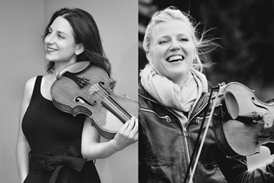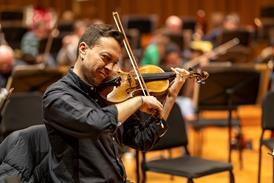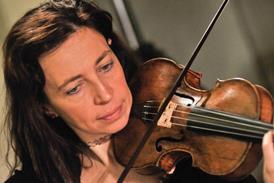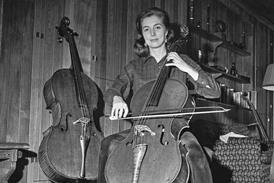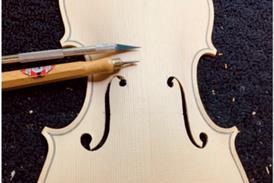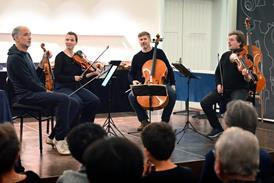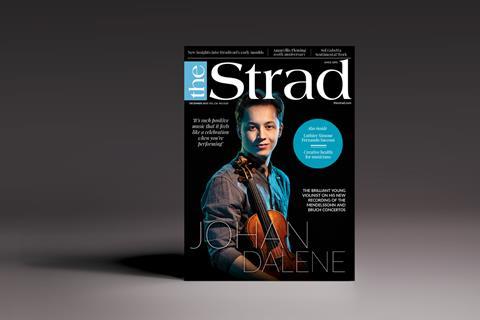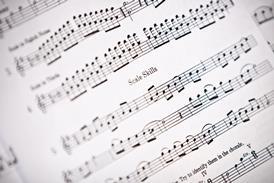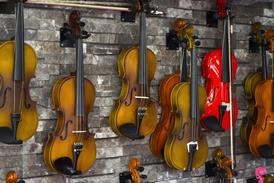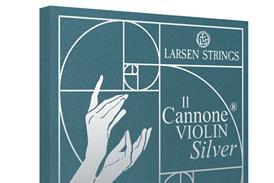- News
- For Subscribers
- Student Hub
- Playing Hub
- Directory
- Lutherie
- Magazine
- Magazine archive
- Whether you're a player, maker, teacher or enthusiast, you'll find ideas and inspiration from leading artists, teachers and luthiers in our archive which features every issue published since January 2010 - available exclusively to subscribers. View the archive.
- Jobs
- Shop
- Podcast
- Contact us
- Subscribe
- School Subscription
- Competitions
- Reviews
- Debate
- Artists
- Accessories
Masterclass: Lynn Harrell on Beethoven’s Cello Sonata no.4

Cellist Lynn Harrell considers challenges and contemporary concepts in the first movement of a sonata conceived entirely in the imagination of a deaf composer. From January 2019
Beethoven’s Fourth and Fifth sonatas – op.102 nos.1 and 2 – ushered in a new musical language: at their time of writing in 1815, they showed the musical direction of the future.
There is the most wonderful moment in the first movement of Sonata no.4, at the beginning of bar 94, where Beethoven writes in A major in the piano part and D minor for the cello…
Already subscribed? Please sign in
Subscribe to continue reading…
We’re delighted that you are enjoying our website. For a limited period, you can try an online subscription to The Strad completely free of charge.
* Issues and supplements are available as both print and digital editions. Online subscribers will only receive access to the digital versions.

